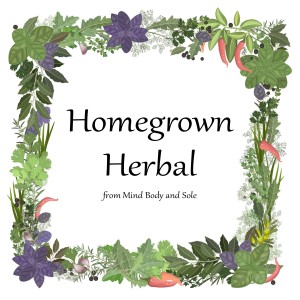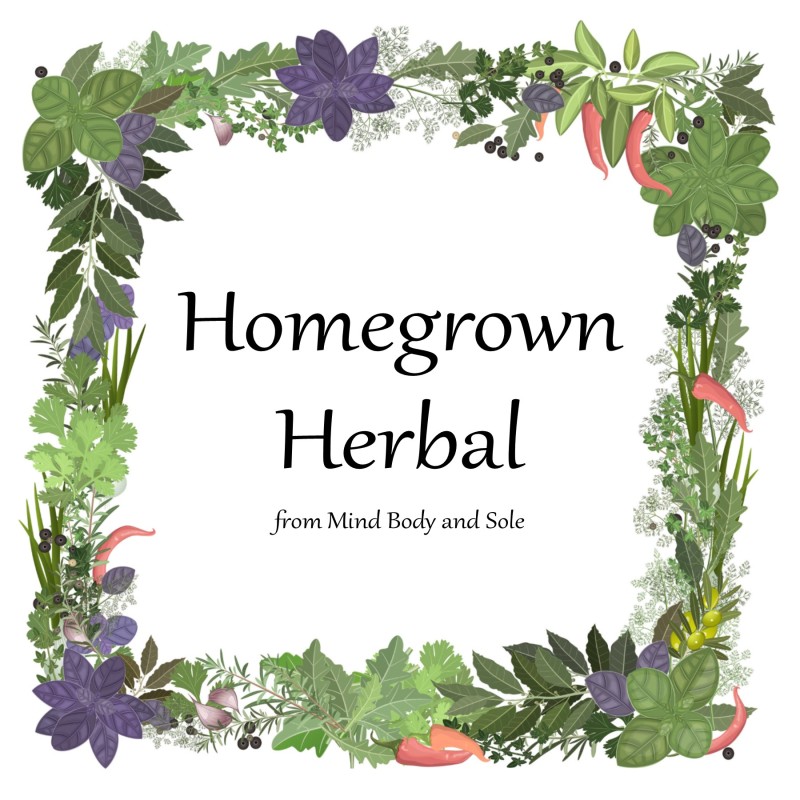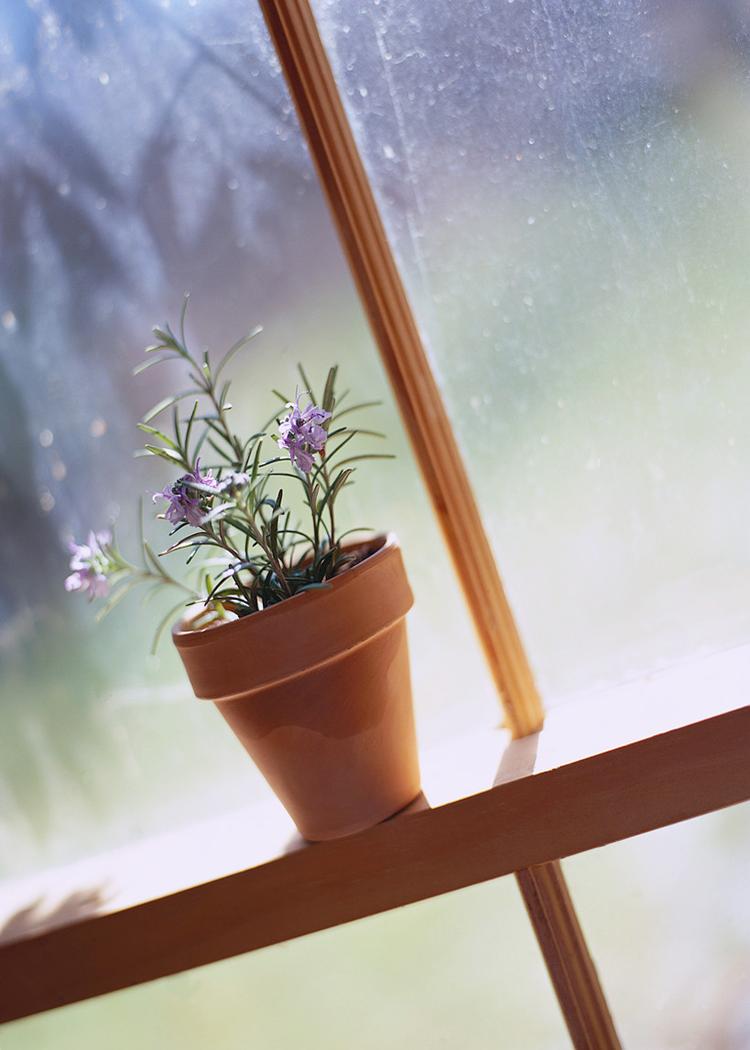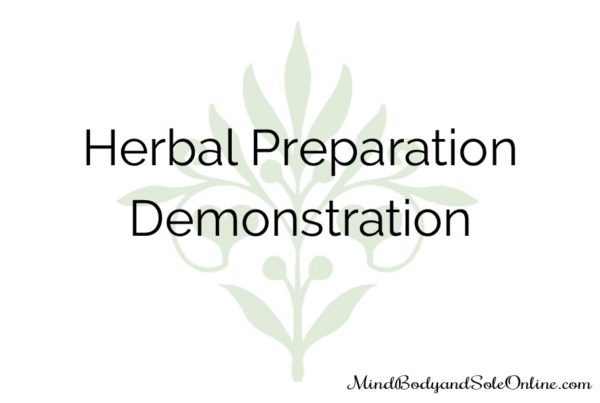 Basil is one of my favorite herbs. With a smell and taste that’s fresh, it reminds me of summer and homegrown tomatoes, which is usually what I pair it with.
Basil is one of my favorite herbs. With a smell and taste that’s fresh, it reminds me of summer and homegrown tomatoes, which is usually what I pair it with.
Basil is an annual here in Utah and although it’s still too cold to plant it in the garden right now, I’m already reserving a place for 2-3 plants. I will typically plant 2 sweet basil and one opal basil. The sweet basil is what you typically think of when you think of basil, with a bright green color and a fresh taste. Opal basil has a little sharper flavor and a purple color that adds a nice contrast, in look and taste, to salads.
Health Benefits
Basil has anti-inflammatory properties which make it useful for people with arthritis. It contains an oil that blocks the activity of an enzyme in the body that causes swelling. This is similar to the way that aspirin and Ibuprofen work in the body.
Because basil is rich in flavanoids, it is effective in preventing damage to cells from radiation and oxygen. Flavanoids are a diverse group of phytonutrients (plant chemicals) that are powerful antioxidants with anti-inflammatory and immune system benefits. They are also known to decrease capillary fragility and are anti-allergic. Basil has also been found to have antiseptic properties.
Uses
Historically, basil has been used to treat stomach, kidney, and blood ailments as well as colds, warts, and intestinal worms. In Ayurvedic medicine, basil (tulsi) juice is used as a general tonic, for chills, coughs, skin problems, and earaches.
Basil tea is a general remedy for menstrual cramps and lessens the severity of labor pains.
For colic in babies, basil may be combined with lavender and steeped in hot milk.
A cup of basil tea every 3 or 4 hours may help with diarrhea.
Basil tincture has been used to alleviate the ‘discomfort’ of PMS (for all involved), to balance emotions, cope with stress, and to help with the symptoms of depression.
5-10 drops of basil essential oil can be added to a bath when you’re feeling melancholy or over-stressed. Diluted, it can also be applied as an insect repellent, or you can rub fresh leaves on an insect bite to reduce itching and inflammation.
Recipes
Personally, one of my favorite uses of basil is in Caprese Salad. This is a simple salad to make and it tastes delicious!
Ingredients:
- 3 vine-ripe tomatoes
- 1 pound fresh mozzarella
- 20-30 fresh basil leaves
- Extra-virgin olive oil
- Real Salt & Pepper
Directions:
A traditional method of preparation is to slice the tomatoes and mozzarella and layer them alternately with whole basil leaves between each layer. Then drizzle with the olive oil and sprinkle with salt and pepper.
However, just as tasty is to chop the tomatoes and mozzarella in large chunks (I typically chop my tomatoes slightly larger than the mozzarella). Place in a bowl with torn basil leaves. Toss with olive oil and season with salt and pepper.
Another favorite use of basil is Bruschetta. This makes a delicious appetizer or light summer lunch.
Ingredients:
- 6 or 7 ripe plum tomatoes
- 2 cloves of garlic, minced
- 1 Tbsp extra-virgin olive oil
- 1 tsp balsamic vinegar
- 6-8 fresh basil leaves, chopped
- Real Salt and freshly ground pepper
- 1 baguette French bread
- 1/4 cup of olive oil (optional)
Directions:
Chop the tomatoes finely. Put the tomatoes, garlic, 1 Tbsp olive oil, and balsamic vinegar in a bowl and mix. Add the chopped basil. Season with salt and pepper to taste.
Slice the baguette on a diagonal about 1/2 inch thick. Then toast the baguette slices in the oven (or I’ve even used a toaster if I didn’t want to heat up the house and I was preparing for later in the day or if I only wanted to eat a little at that time). You can brush the baguette slices with the 1/4 cup of olive oil before baking, or not, depending on your taste.
Do you have a favorite way that you use basil? If so, I’d love for you to share in the comments below.










